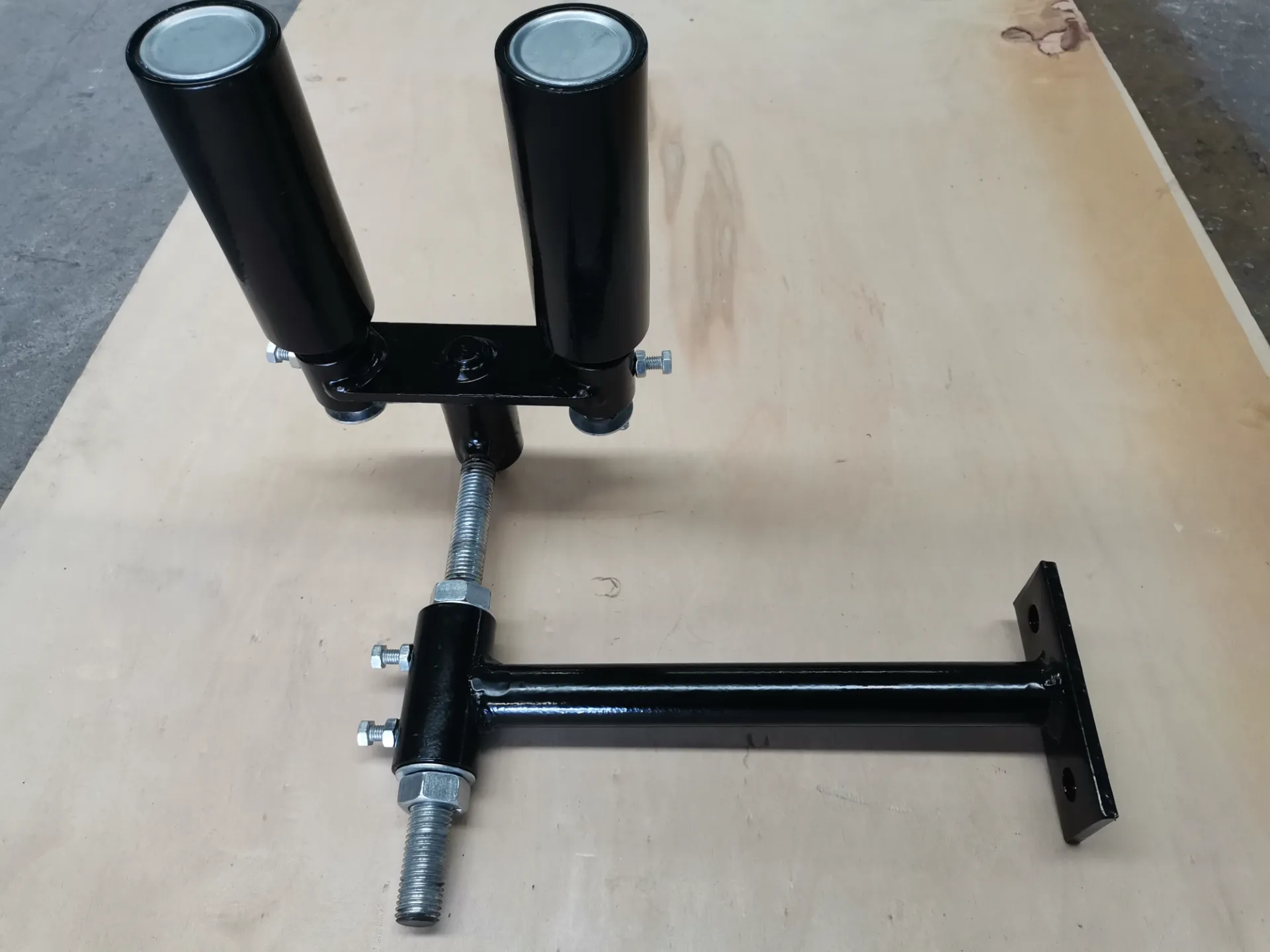 Afrikaans
Afrikaans  Albanian
Albanian  Amharic
Amharic  Arabic
Arabic  Armenian
Armenian  Azerbaijani
Azerbaijani  Basque
Basque  Belarusian
Belarusian  Bengali
Bengali  Bosnian
Bosnian  Bulgarian
Bulgarian  Catalan
Catalan  Cebuano
Cebuano  Corsican
Corsican  Croatian
Croatian  Czech
Czech  Danish
Danish  Dutch
Dutch  English
English  Esperanto
Esperanto  Estonian
Estonian  Finnish
Finnish  French
French  Frisian
Frisian  Galician
Galician  Georgian
Georgian  German
German  Greek
Greek  Gujarati
Gujarati  Haitian Creole
Haitian Creole  hausa
hausa  hawaiian
hawaiian  Hebrew
Hebrew  Hindi
Hindi  Miao
Miao  Hungarian
Hungarian  Icelandic
Icelandic  igbo
igbo  Indonesian
Indonesian  irish
irish  Italian
Italian  Japanese
Japanese  Javanese
Javanese  Kannada
Kannada  kazakh
kazakh  Khmer
Khmer  Rwandese
Rwandese  Korean
Korean  Kurdish
Kurdish  Kyrgyz
Kyrgyz  Lao
Lao  Latin
Latin  Latvian
Latvian  Lithuanian
Lithuanian  Luxembourgish
Luxembourgish  Macedonian
Macedonian  Malgashi
Malgashi  Malay
Malay  Malayalam
Malayalam  Maltese
Maltese  Maori
Maori  Marathi
Marathi  Mongolian
Mongolian  Myanmar
Myanmar  Nepali
Nepali  Norwegian
Norwegian  Norwegian
Norwegian  Occitan
Occitan  Pashto
Pashto  Persian
Persian  Polish
Polish  Portuguese
Portuguese  Punjabi
Punjabi  Romanian
Romanian  Russian
Russian  Samoan
Samoan  Scottish Gaelic
Scottish Gaelic  Serbian
Serbian  Sesotho
Sesotho  Shona
Shona  Sindhi
Sindhi  Sinhala
Sinhala  Slovak
Slovak  Slovenian
Slovenian  Somali
Somali  Spanish
Spanish  Sundanese
Sundanese  Swahili
Swahili  Swedish
Swedish  Tagalog
Tagalog  Tajik
Tajik  Tamil
Tamil  Tatar
Tatar  Telugu
Telugu  Thai
Thai  Turkish
Turkish  Turkmen
Turkmen  Ukrainian
Ukrainian  Urdu
Urdu  Uighur
Uighur  Uzbek
Uzbek  Vietnamese
Vietnamese  Welsh
Welsh  Bantu
Bantu  Yiddish
Yiddish  Yoruba
Yoruba  Zulu
Zulu Guide for Selecting the Best Roller Options for Your Needs
The Importance of Guide Rollers in Modern Industries
In today’s fast-paced industrial environment, efficiency and precision are paramount. One often overlooked but essential component that contributes significantly to operational excellence is the guide roller. These small yet powerful devices play a crucial role in various applications ranging from manufacturing to packaging and logistics. Understanding their functions, types, and advantages can help businesses optimize their processes and maintain a competitive edge.
What are Guide Rollers?
Guide rollers are mechanical devices designed to support, guide, and control the movement of materials and equipment within a system. Typically cylindrical in shape, these rollers can be constructed from various materials, including metal, plastic, and rubber. They are strategically placed along conveyor systems, assembly lines, and other machinery where smooth and controlled movement of items is necessary.
The Function of Guide Rollers
The primary function of guide rollers is to ensure that products move smoothly along their intended paths while minimizing friction and wear. This is especially critical in systems that transport heavy or bulky items. By reducing resistance, guide rollers help to prevent jams and mechanical failures, which can lead to costly downtime.
In addition to facilitating smooth movement, guide rollers serve another crucial role maintaining alignment. Poor alignment can cause materials to veer off course, leading to mishaps or damages. Guide rollers help ensure that everything stays within designated paths, which enhances safety and reliability.
Types of Guide Rollers
There are several types of guide rollers, each designed for specific applications. Understanding the differences can help companies select the most suitable option for their needs.
1. Flat Guide Rollers These provide a flat surface for materials to roll against, making them ideal for conveyor systems where products need to stay aligned.
guide roller

2. V-Groove Rollers Shaped like a 'V', these rollers are effective for guiding cables or belts in applications requiring precise tracking.
3. Tapered Rollers Used primarily in applications involving heavy loads, these rollers have a tapered design that helps manage weight distribution and prevent slippage.
4. Multi-Directional Rollers These rollers can rotate in multiple directions, making them suitable for complex systems where products need to change direction frequently.
Benefits of Using Guide Rollers
The advantages of integrating guide rollers into industrial systems are manifold. One of the primary benefits is improved efficiency. By minimizing friction and providing consistent guidance, operations can run more smoothly, leading to increased productivity.
Another significant benefit is the reduction in maintenance costs. Well-functioning guide rollers can help prevent wear and tear on other components, reducing the need for repairs and replacements. This creates a more sustainable operation, as companies can avoid interruptions and extend the lifespan of their machinery.
Safety is also enhanced with the use of guide rollers. By ensuring that products stay on course and reducing the risk of mechanical failures, businesses can create a safer work environment for employees, minimizing the potential for accidents.
Conclusion
In conclusion, guide rollers may be small components, but their impact on modern industry is profound. They are critical in ensuring the smooth operation of various systems, from manufacturing lines to conveyor belts. By understanding the types and benefits of guide rollers, companies can make informed decisions that enhance their operational efficiency, reduce costs, and improve safety. As industries continue to evolve, the role of guide rollers will remain integral in supporting the seamless flow of goods and materials, ultimately driving progress and innovation. Investing in high-quality guide rollers is not merely a choice but a necessity for businesses aiming to remain competitive in an ever-changing market.
-
Revolutionizing Conveyor Reliability with Advanced Rubber Lagging PulleysNewsJul.22,2025
-
Powering Precision and Durability with Expert Manufacturers of Conveyor ComponentsNewsJul.22,2025
-
Optimizing Conveyor Systems with Advanced Conveyor AccessoriesNewsJul.22,2025
-
Maximize Conveyor Efficiency with Quality Conveyor Idler PulleysNewsJul.22,2025
-
Future-Proof Your Conveyor System with High-Performance Polyurethane RollerNewsJul.22,2025
-
Driving Efficiency Forward with Quality Idlers and RollersNewsJul.22,2025





























